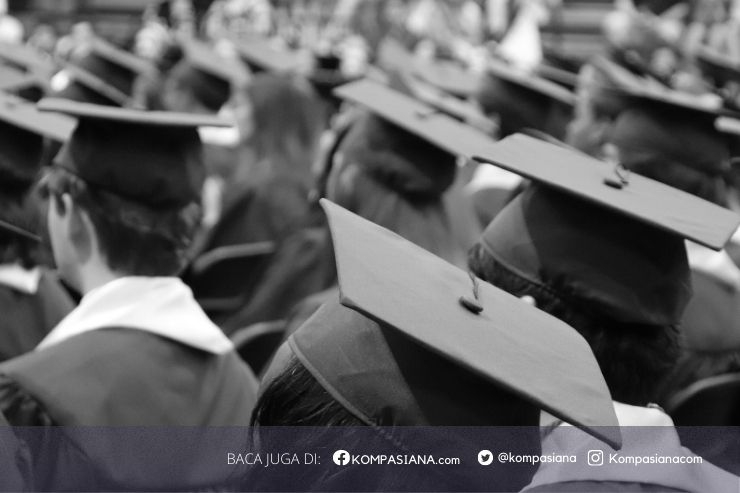The shift from manual to digital systems in education marks an important step toward a new era of information management. SIMDIK emerges as a solution for schools to organize data more quickly, accurately, and in an integrated manner. Digitalization is not merely about replacing recording media, but also about restructuring workflows, strengthening infrastructure, and fostering a culture of data driven decision making.
I
ormation. However, the success of the system does not rely solely on devices, but also on the readiness of the people who operate them. Without clear procedures, training, and strong controls, the potential of technology cannot be fully realized.
Common challenges include limited infrastructure, inconsistent data quality, and a lack of skilled personnel to manage the system. Furthermore, integration between different school units has not always run smoothly, often resulting in data duplication and inefficiency. These factors highlight the gap between expectations and actual conditions in the field.
Nevertheless, the goals of digitalization remain clear: to automate administrative processes, provide accurate reporting, and support strategic planning with valid data. With a well-managed system, schools can enhance service quality, accountability, and competitiveness in the digital era. Let us examine the four pillars of SIMDIK transformation as follows:
First, hardware, software, networks, and real-time processing form the foundation that enables data to be collected, processed, and presented accurately. Without this foundation, system integration cannot operate optimally.
Second, the success of SIMDIK depends greatly on the competence of its users. Training, change management, and clear procedures ensure that the system can be applied consistently and sustainably.
Third, valid, reliable, and secure information is at the core of SIMDIK. Standardized input, access controls, and data protection measures guarantee trust in the information used for decision-making.
Fourth, this approach emphasizes that SIMDIK should not be viewed merely as a collection of devices or procedures, but as an integrated system oriented toward the needs of educational organizations. This means the design and implementation of SIM must begin with the analysis of real issues in schools, then be translated into interconnected subsystems. With this systemic approach, administration, finance, academics, and personnel are seen as components that must be integrated to fully support both managerial and strategic decisions.
Summary
Digital transformation through SIMDIK is not simply about modernizing systems but about building more efficient and transparent educational governance. With strong infrastructure, trained human resources, and well-maintained data quality, implementation gaps can be closed, and the benefits of digitalization can truly be experienced by both schools and society.
n practice, the development of information technology has encouraged schools to move from slow manual record keeping to real time systems. Performance reports can now be accessed rapidly, decision making becomes more effective, and transparency improves. This demonstrates that digitalization offers a major opportunity to deliver educational management that is both efficient and responsive.







